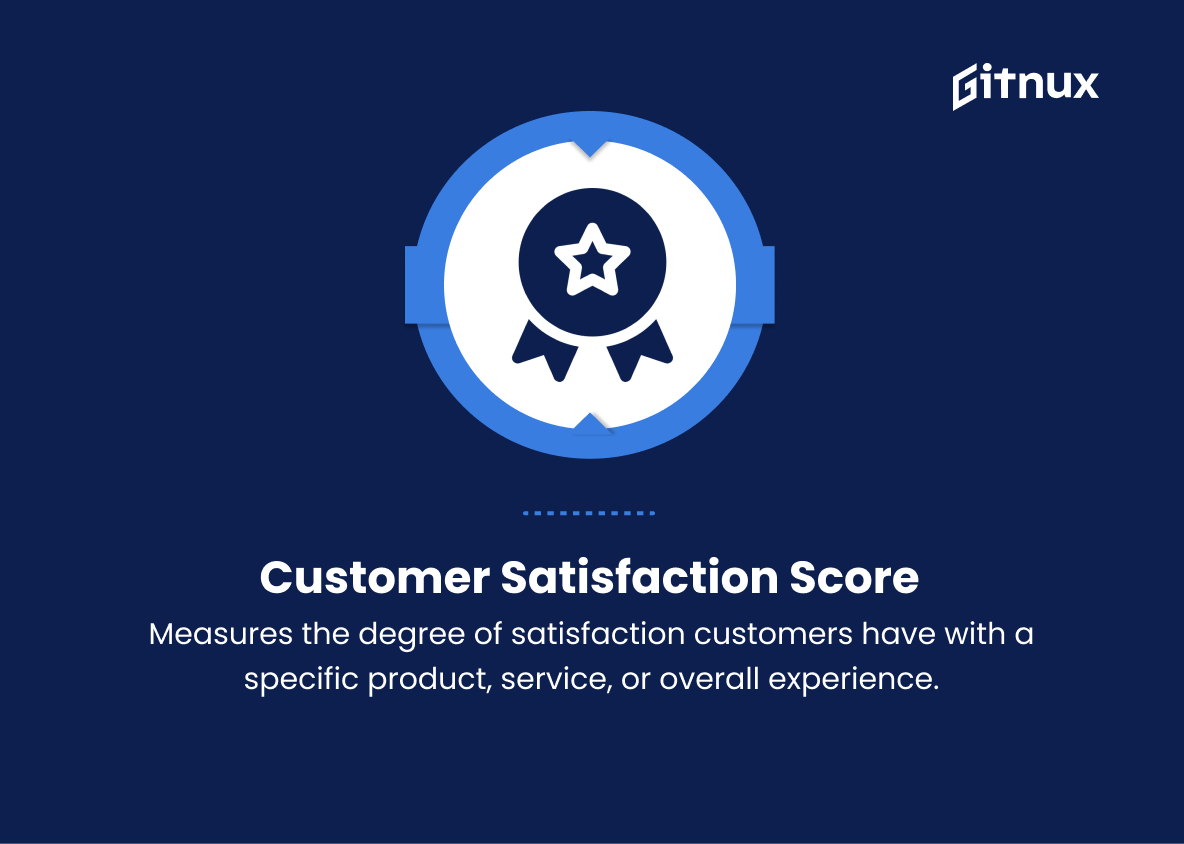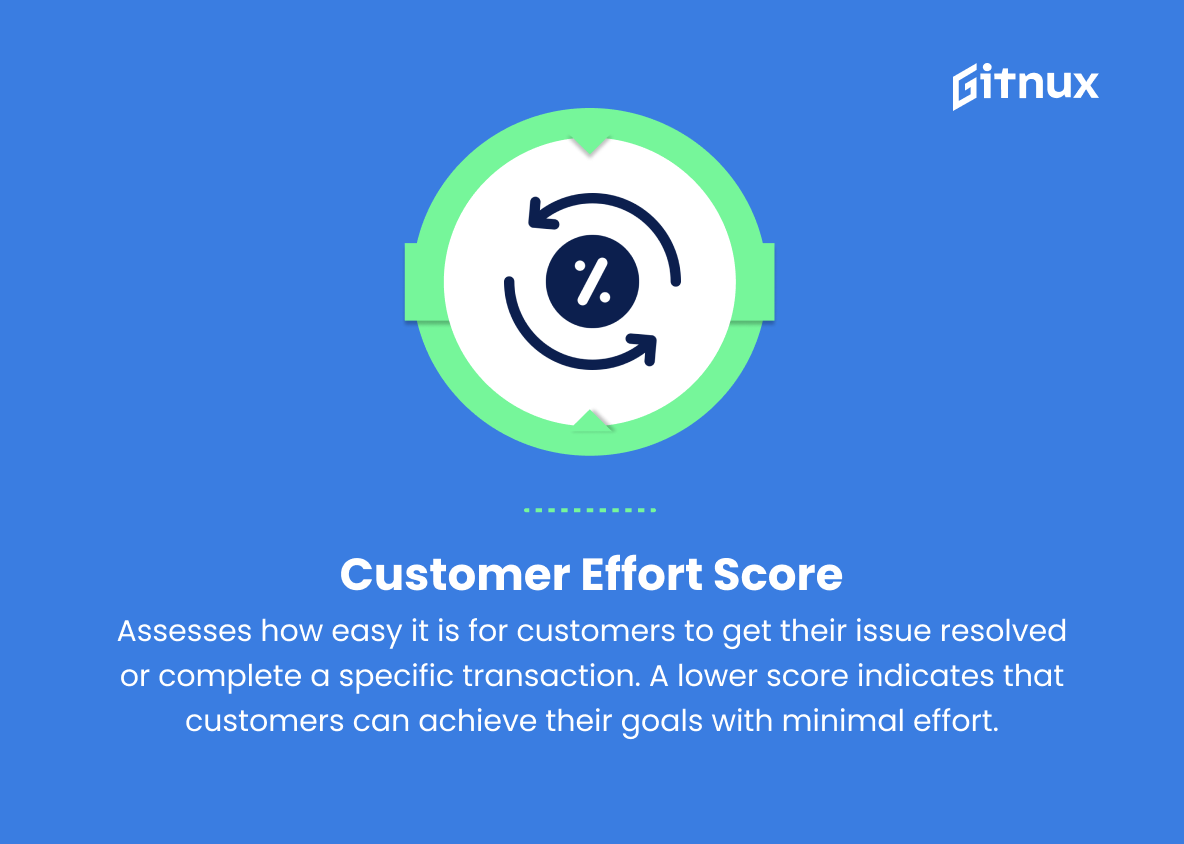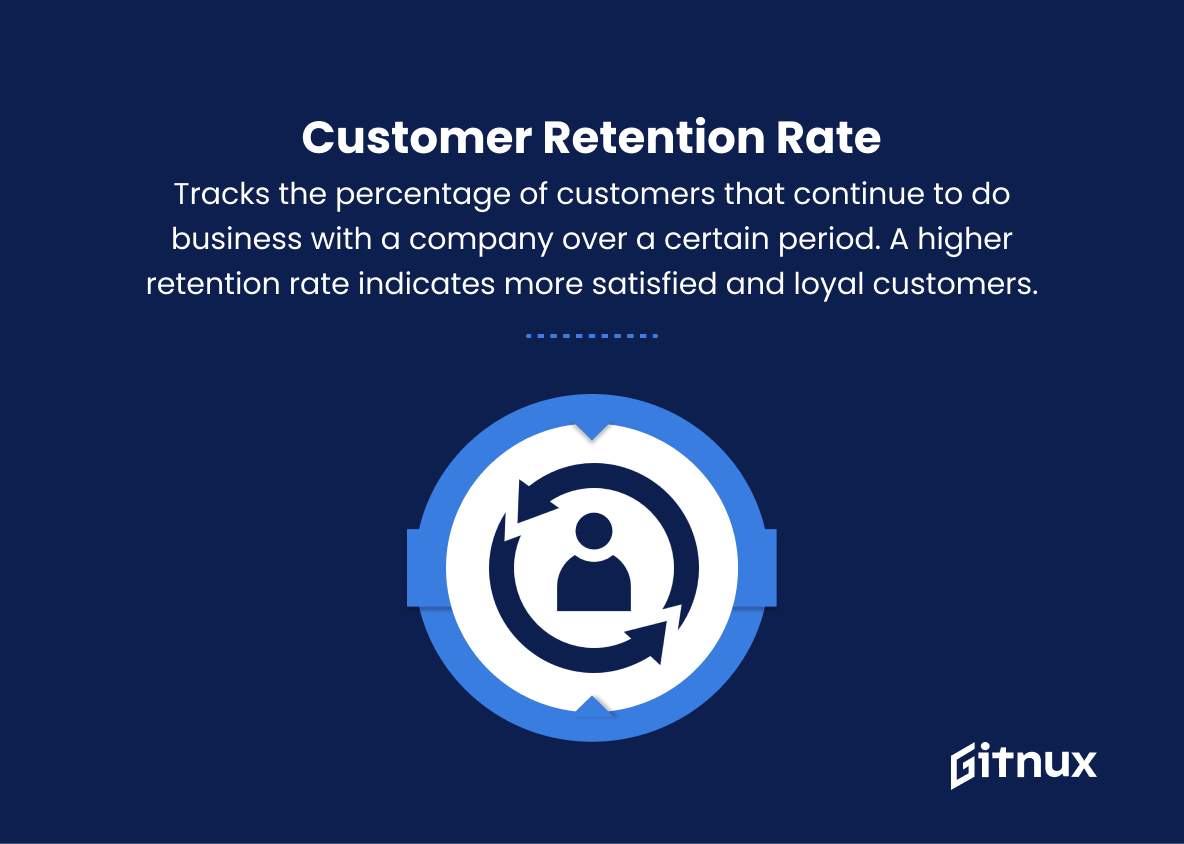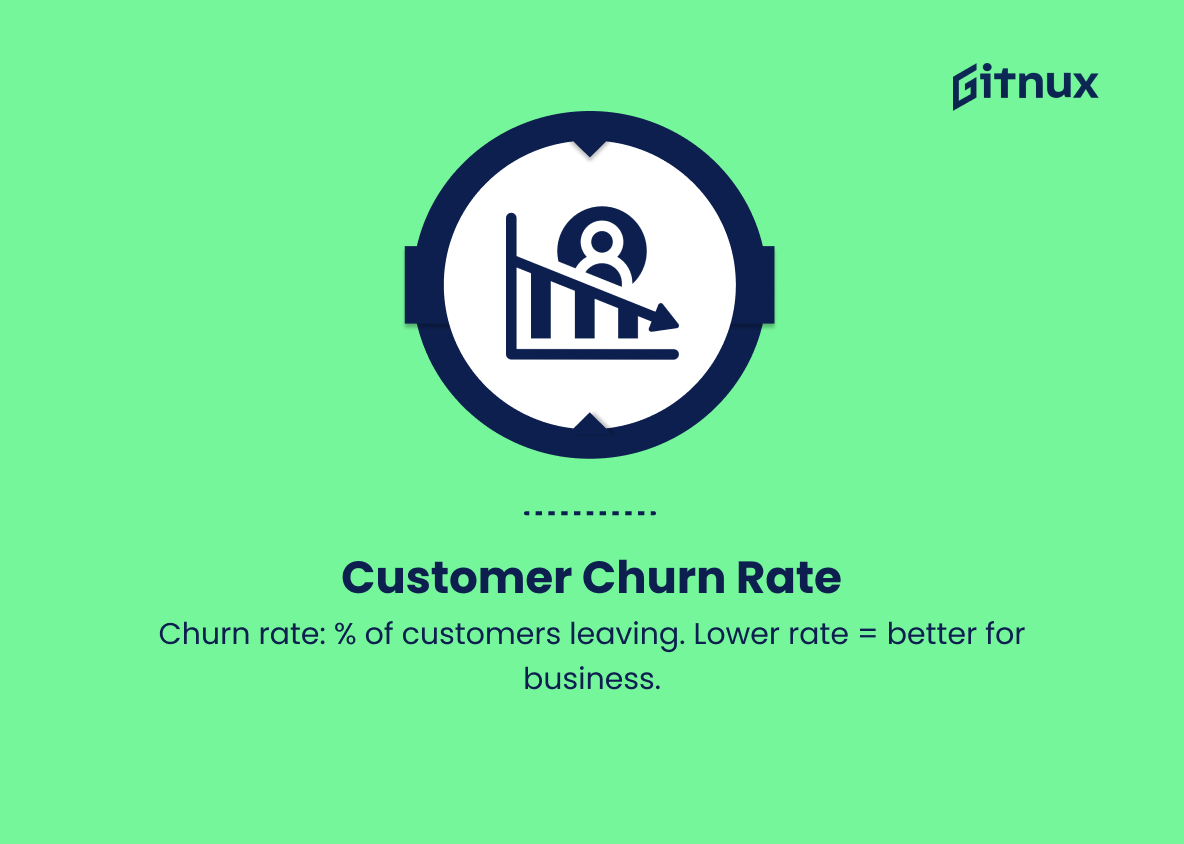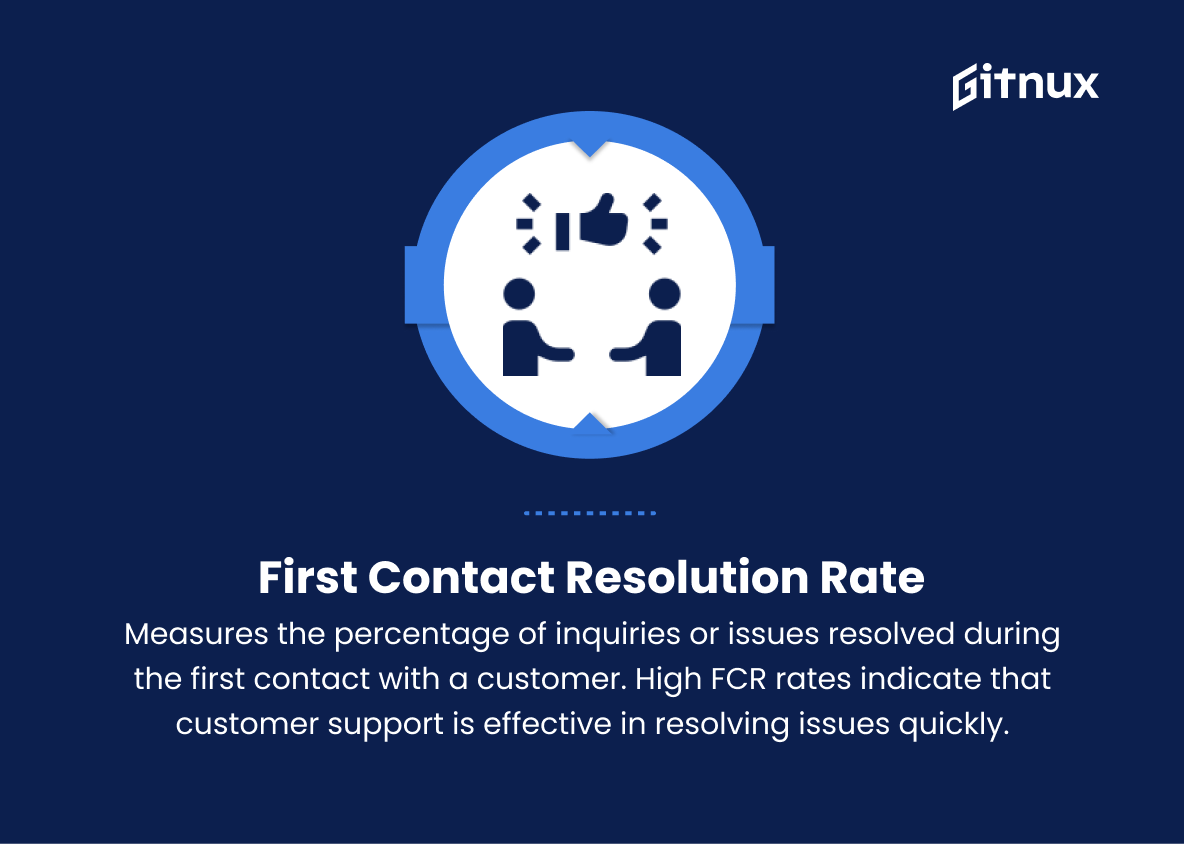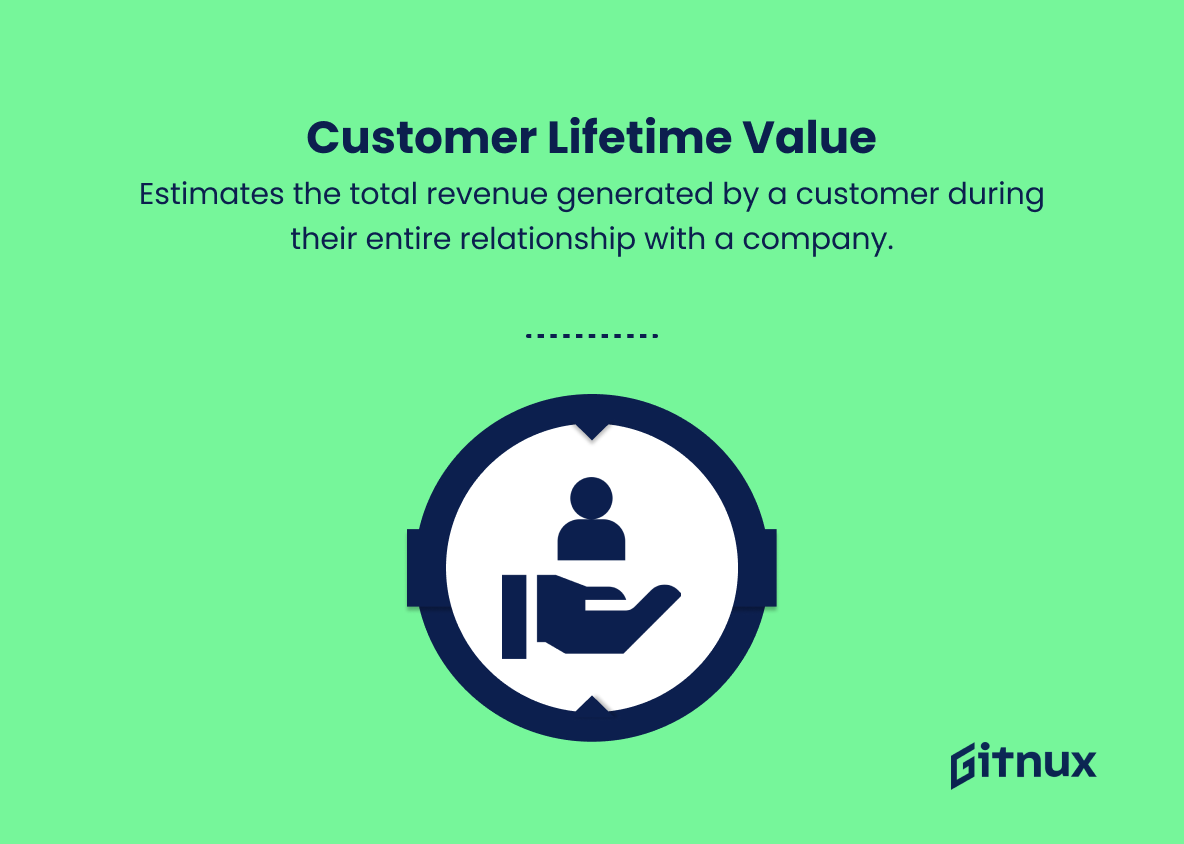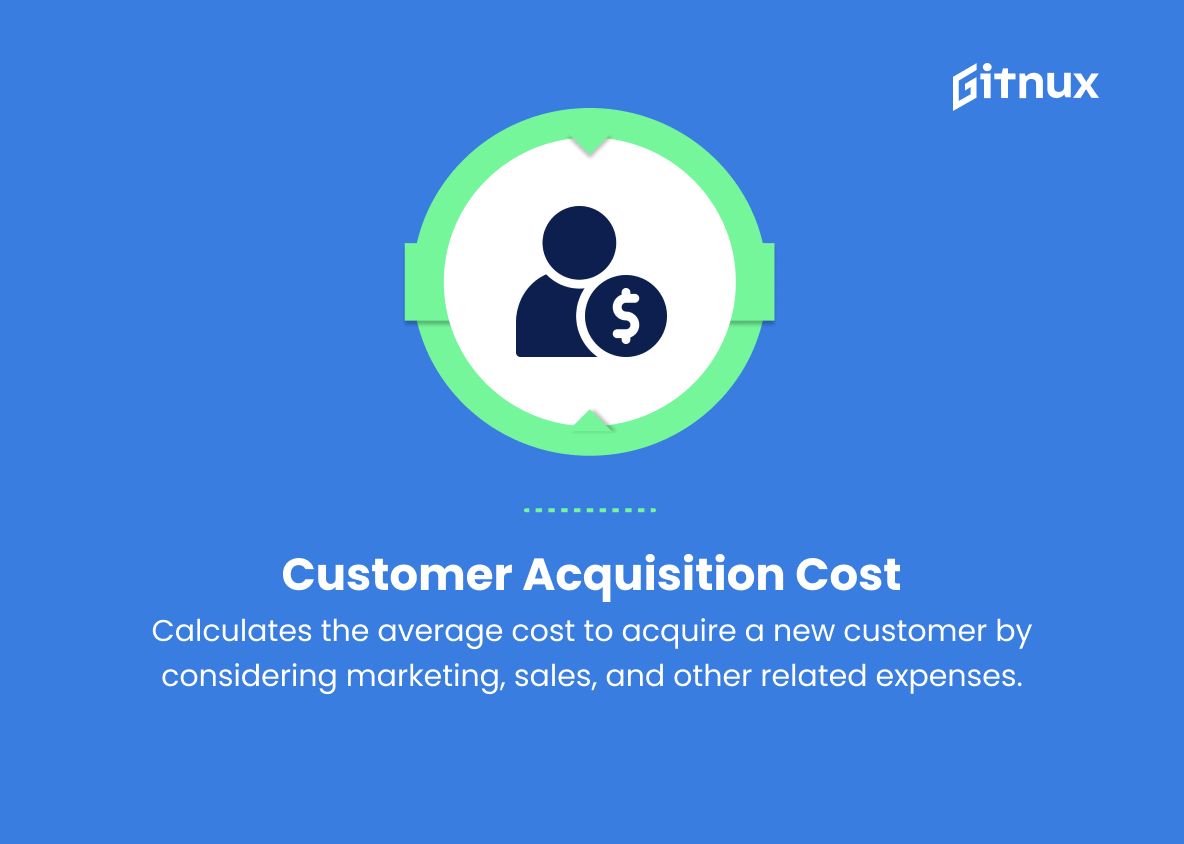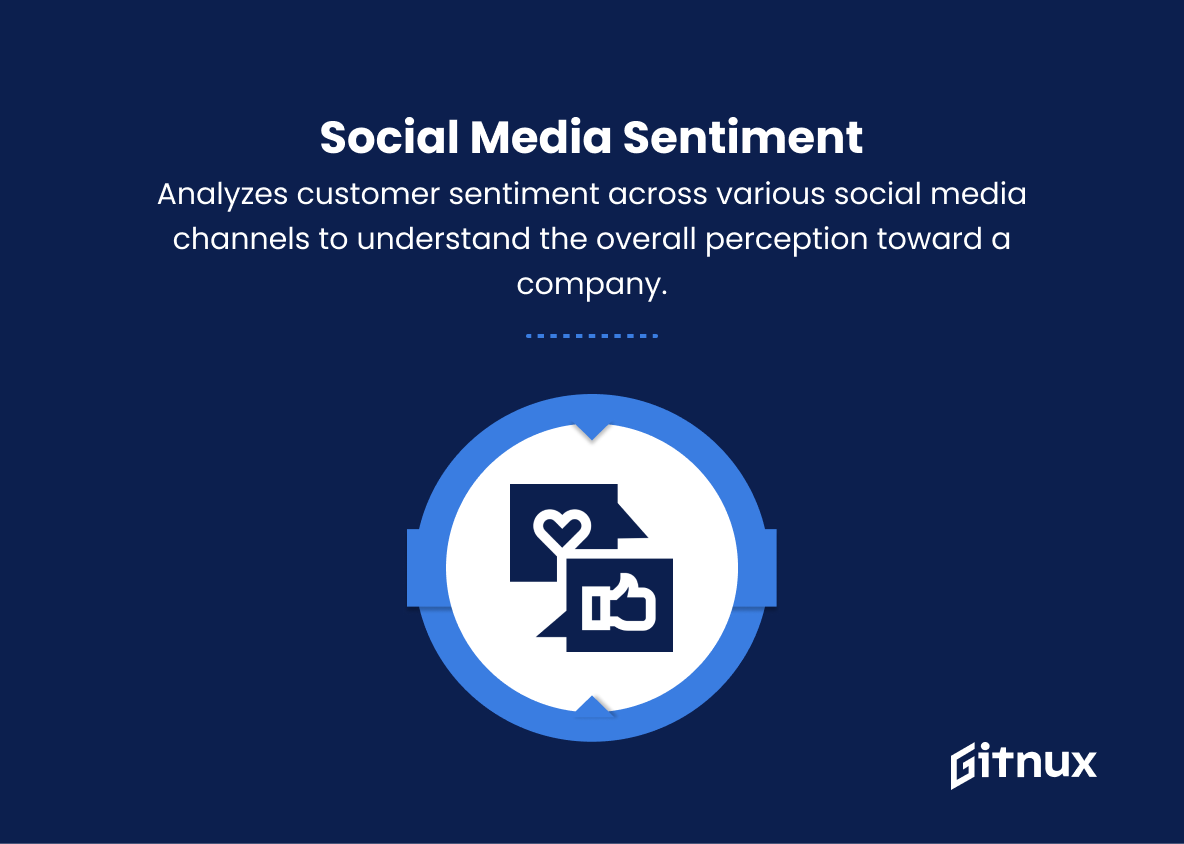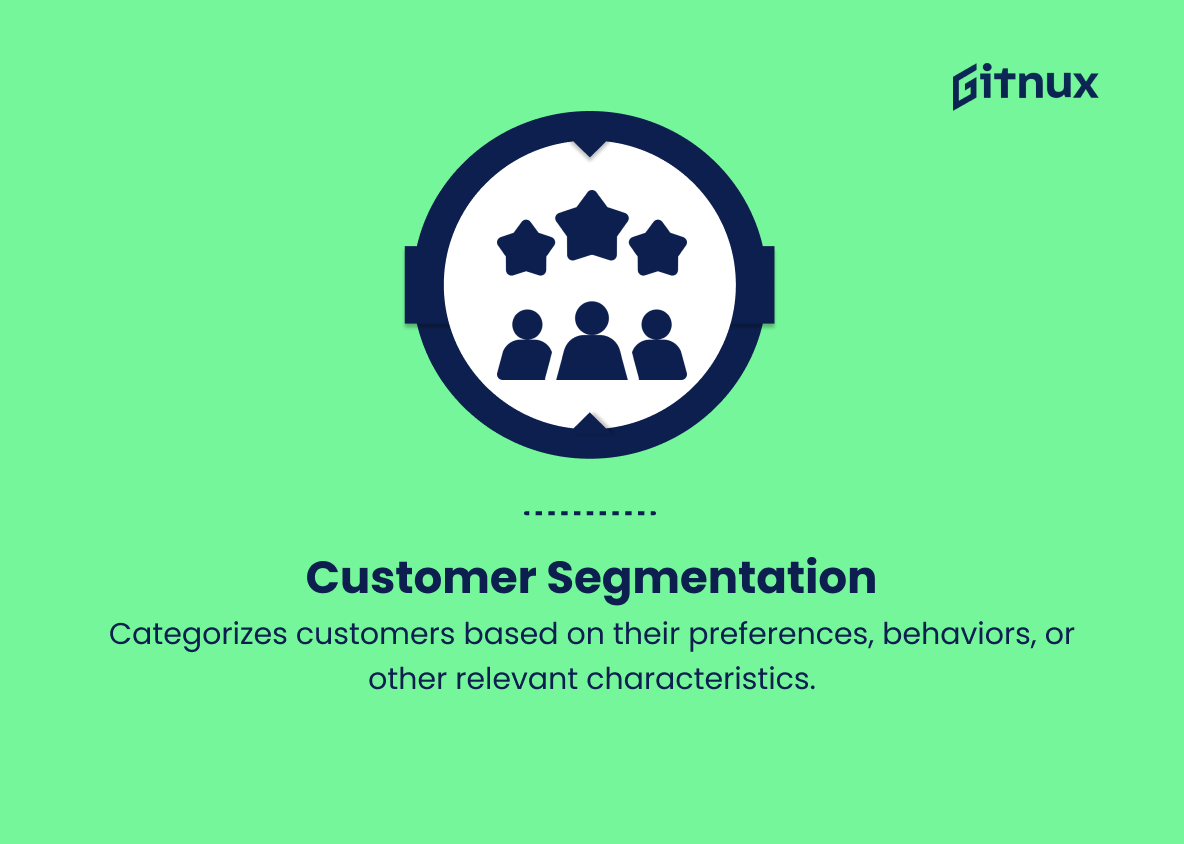In today’s hyper-competitive business environment, the success of any organization hinges on its ability to effectively track and optimize key performance indicators (KPIs). For customer-centric companies, understanding and improving Customer Experience (Cx) KPIs has become essential in order to foster brand loyalty, drive revenue growth, and stay ahead of industry trends.
In this insightful blog post, we will delve deep into the world of Cx KPIs – discussing their significance, exploring crucial metrics to monitor, and highlighting proven strategies for harnessing data-driven insights to elevate your customer experience to new heights. Join us as we navigate the intricacies of customer experience management and unlock your organization’s full potential.
Cx KPIs You Should Know
1. Customer Satisfaction Score (CSAT)
Measures the degree of satisfaction customers have with a specific product, service, or overall experience. It is usually calculated using a survey that asks customers to rate their satisfaction on a scale.
2. Net Promoter Score (NPS)
Determines customer loyalty by asking customers how likely they are to recommend a company or product to others. Customers are segmented into promoters, passives, and detractors based on their responses.
3. Customer Effort Score (CES)
Assesses how easy it is for customers to get their issue resolved or complete a specific transaction. A lower score indicates that customers can achieve their goals with minimal effort.
In today’s hyper-competitive business environment, the success of any organization hinges on its ability to effectively track and optimize key performance indicators (KPIs).4. Customer Retention Rate
Tracks the percentage of customers that continue to do business with a company over a certain period. A higher retention rate indicates more satisfied and loyal customers.
5. Customer Churn Rate
Represents the percentage of customers who stop doing business with a company over a certain period. A lower churn rate signifies that fewer customers are leaving, which is a positive sign for the business.
6. Average Resolution Time
Monitors the time it takes to resolve customer issues or inquiries. A shorter resolution time indicates that customer service is efficient and issues are resolved promptly.
For customer-centric companies, understanding and improving Customer Experience (Cx) KPIs has become essential in order to foster brand loyalty, drive revenue growth, and stay ahead of industry trends.7. First Contact Resolution Rate (FCR)
Measures the percentage of inquiries or issues resolved during the first contact with a customer. High FCR rates indicate that customer support is effective in resolving issues quickly.
8. Customer Lifetime Value (CLV)
Estimates the total revenue generated by a customer during their entire relationship with a company. High CLV indicates that customers are loyal and likely to continue doing business with the company.
9. Customer Acquisition Cost (CAC)
Calculates the average cost to acquire a new customer by considering marketing, sales, and other related expenses. Lower CAC values are more cost-effective and signify higher efficiency in attracting customers.
10. Social Media Sentiment
Analyzes customer sentiment across various social media channels to understand the overall perception toward a company. This can help gauge customer satisfaction and identify trends in customer opinion.
11. Customer Segmentation
Categorizes customers based on their preferences, behaviors, or other relevant characteristics. This can help to tailor marketing strategies, products, or services to specific target audiences.
12. Customer Service Quality Score
Typically based on evaluations provided by a company’s support team, this score measures the quality of customer interactions to ensure that all processes and conversations adhere to the desired standard.
Cx KPIs Explained
The significance of Cx (Customer Experience) KPIs lies in their ability to assess and optimize various aspects of a company’s relationship with its customers. Customer Satisfaction Score (CSAT) and Net Promoter Score (NPS) gauge satisfaction and loyalty, respectively, providing insights into the overall success of a product or service. Meanwhile, Customer Effort Score (CES) and First Contact Resolution Rate (FCR) examine the efficiency of support in resolving customer issues.
Customer Retention Rate, Churn Rate, and Average Resolution Time reveal key information about the maintenance and satisfaction of established relationships, while Customer Lifetime Value (CLV) estimates ongoing revenue potential. To ensure effective customer acquisition strategies, Customer Acquisition Cost (CAC) measures the efficiency of marketing and sales efforts. Additionally, Social Media Sentiment offers insights into customer perception and trending opinions, while Customer Segmentation enables more effective targeting of various consumer segments.
Lastly, Customer Service Quality Score ensures that customer support teams maintain high standards throughout interactions, ultimately enhancing the overall customer experience. Each of these KPIs plays a vital role in understanding, evaluating, and improving a company’s relationships with its customers, ensuring long-term success and growth.
Conclusion
In closing, understanding and effectively utilizing Cx KPIs is vital for businesses looking to enhance their customer experience and remain competitive in today’s fast-paced environment. By focusing on these key performance indicators, businesses can gain a clearer view of their customer journey, identify areas for improvement, and drive customer satisfaction, loyalty, and retention.
Implementing a strategic approach to Cx KPIs not only benefits customers, but also bolsters a brand’s reputation and contributes to long-term growth and success. Continuously measuring and refining these metrics will help businesses create a more meaningful and personalized experience for their customers, ensuring an enduring and impactful customer relationship.
